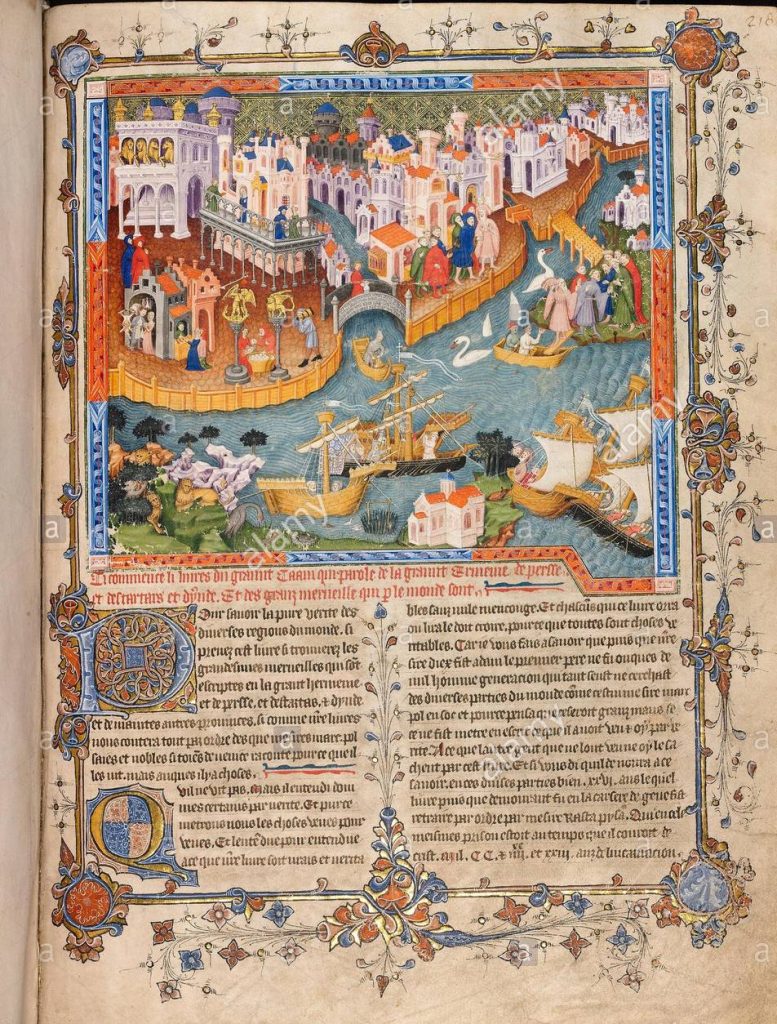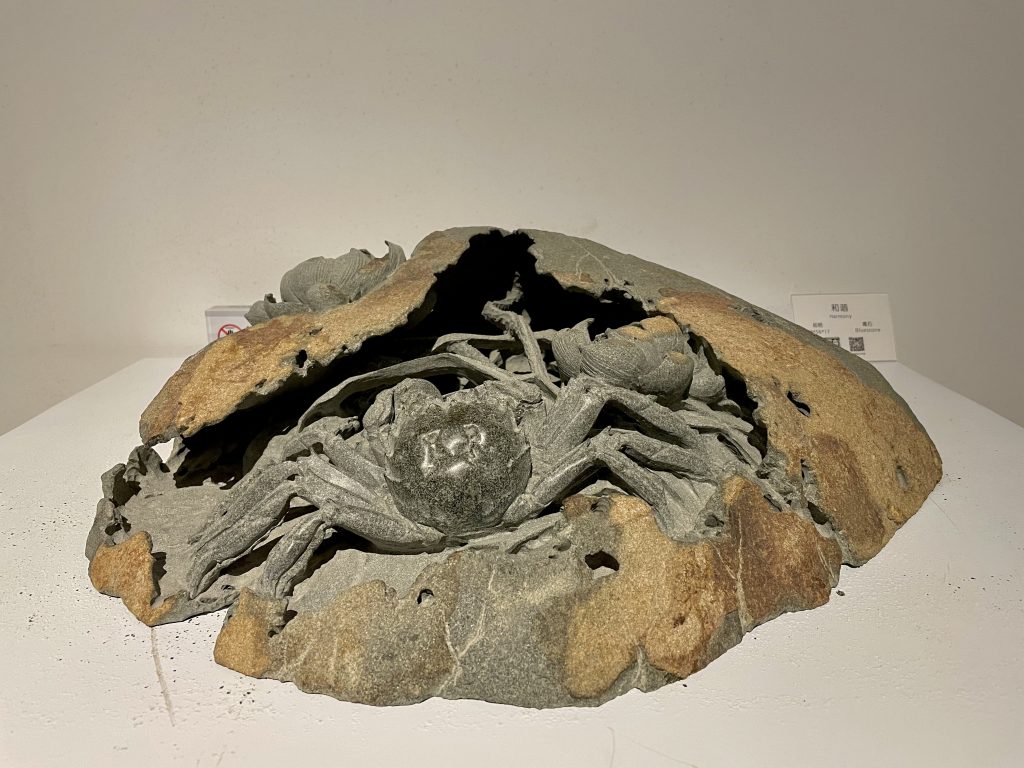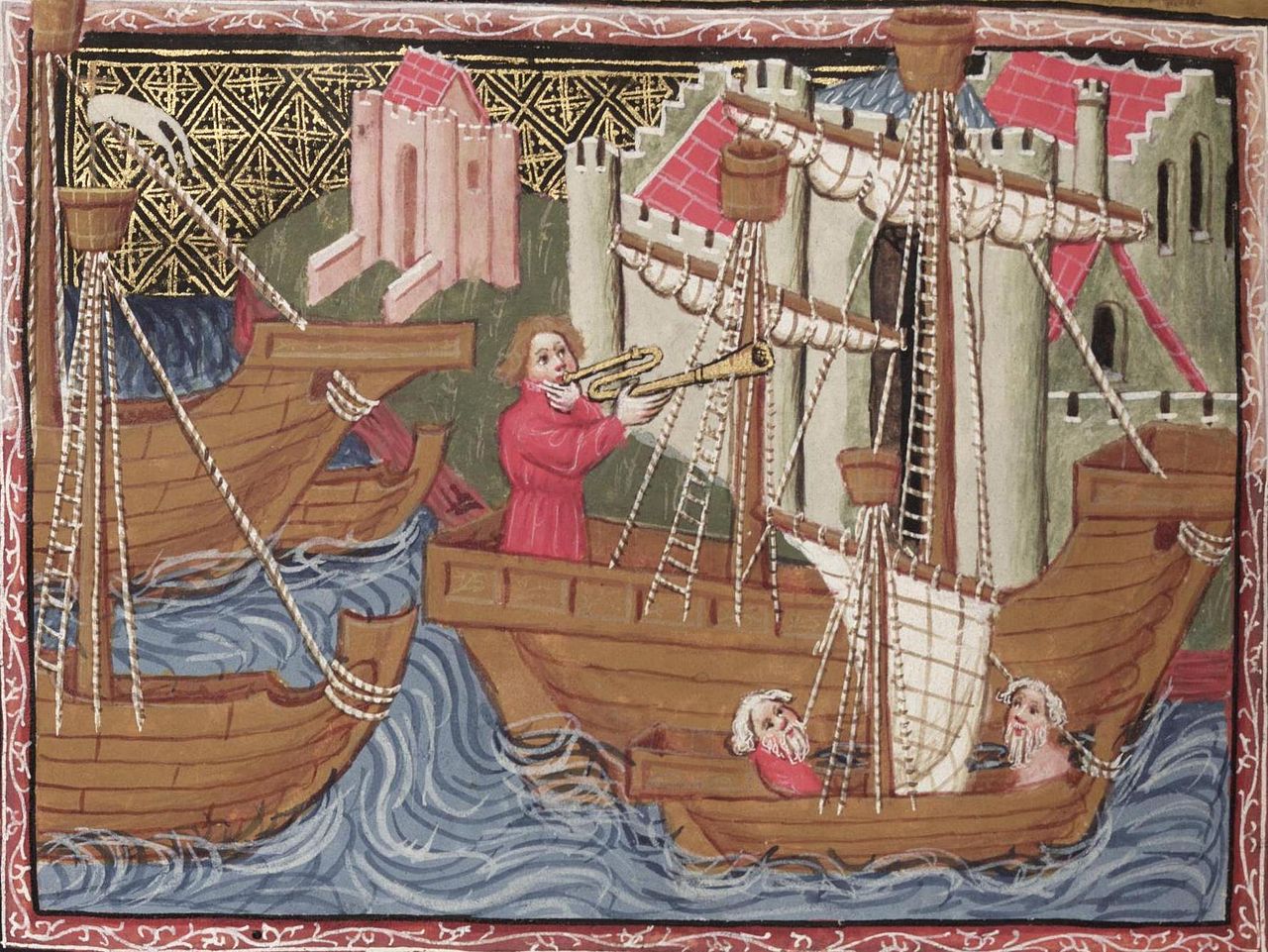Chongwu It is located in the southeastern part of Hui’an County, on a peninsula jutting into Taiwan Strait. The town’s historical center, the Old Chongwu Fortress (Chinese: 崇武古城, Chongwu Gu Cheng) is a walled city dating to the late 14th century (Hongwu Emperor’s reign; the conventional date is 1384). The traditional Hui’an County vernacular architecture, making heavy use of the local granite, is largely preserved within the walled city. A large sculpture park is located on the narrow strip south of the fortress, between the city wall and the beach.
Today, Chongwu is one of the few remaining walled cities in China. In ancient times, cities around the world were walled, and only a century ago China had hundreds of walled cities scattered around the country. The walls were built in 1384, and are 2.5 kilometres long and 7 meters high. The ancient walled city sits on a peninsula next to the sea and is located 24 kms away from the city of Quanzhou. The modern Quanzhou is an important seaport and the most dynamic city for the private economy in Fujian Province. In the past Quanzhou was the ancient starting point of the Maritime Silk Road and once a crucial harbour along the Maritime Silk Trade Routes and China’s gateway to the world during the medieval time (1000–1400).
A number of famous medieval explorers, such as Marco Polo (1254 – 1324), Friar Odoric of Pordenone, and Ibn Battuta, visited Quanzhou and wrote descriptions of the port as one of the biggest harbours in the world, with ships of all sizes and provenances docking and setting sail, and a vibrant market in which merchants from across many different regions exchanged their wares.

The Travels of Marco Polo documents the Italian traveler’s 17-year stay in China. Before he left the country he visited Quanzhou, as the last stop of his journey. He was deeply impressed by its burgeoning trade, abundant natural resources and friendly people. He wrote, “There is a port along Citongcheng (the ancient name of Quanzhou), famed for its bustling shipyards. Hordes of businessmen gather there with bountiful products available. Delicate Dehua porcelain is sold at reasonable prices. A Venice silver coin can buy you eight porcelain cups.”
Quanzhou’s shipbuilding technology also surprised Marco Polo. As one of the major shipbuilding bases in the Song and Yuan dynasties. Some of the sturdiest and most advanced ships in the world, known for their stability, seaworthiness, and safety facilities stored in water-tight compartments were built in Quanzhou. The travel book states, “The Khan issued another order to build 14 ships, each one equipped with four masts, able to sail long distances… Among them at least four or five ships can accommodate 250-260 sailors.”
In 1292 Marco Polo leaves China, never to return. The Polos wanting to return to their home asked Kublai Khan but he did not let them. Kublai Khan sends the Polos to escort a Mongol princess to her wedding in Persia. The Polos travel to one of the Chinese port city of Quanzhou to Sumatra, Sri Lanka, India and finally to Persia.
Quanzhou hosts the Biennial Festival ‘Maritime Silk Road International Arts Festival’. More than 1,200 artists and 130 cultural organizations from over 50 countries and regions gathered in 2019 at the festival and brought performances with distinctive features. Forums on art development and exhibitions of intangible cultural heritages of the Maritime Silk Road taking place simultaneously.


